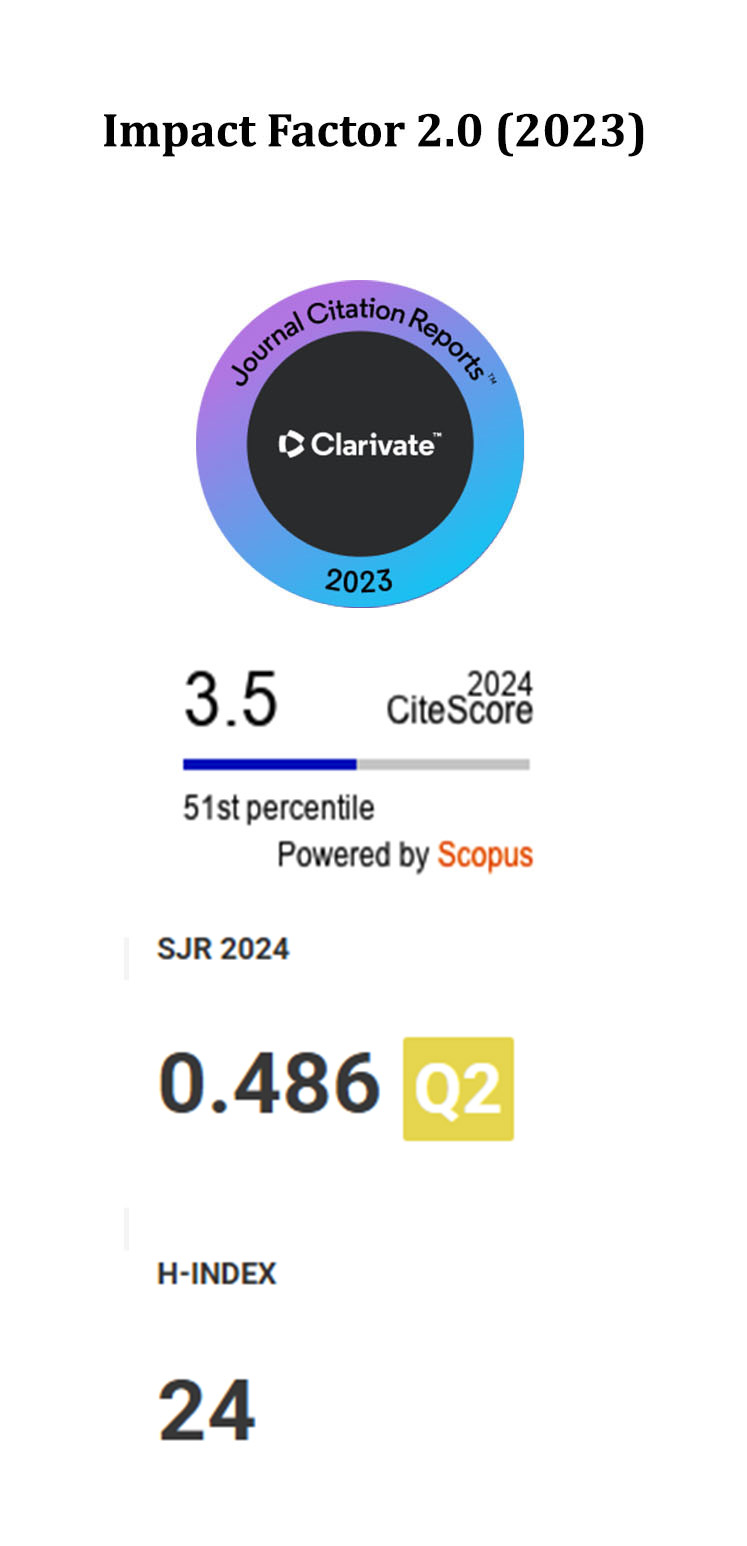Neural Networks and Ensemble Model to Automatic Music Coordination: A Performance Comparison
DOI:
https://doi.org/10.5755/j01.itc.54.2.36737Keywords:
Neural Networks, Musical Coordination, Musical Ensembles, Timing and Self-Attention Mechanism, Musical EmotionsAbstract
In order to solve the problems of low classification accuracy, poor quality of generated music, and insufficient consideration of the order and duration of notes in music coordination, this paper adopts a long short-term memory network (LSTM) and ensemble model based on the combination of timing and self-attention mechanism. The experimental model uses the LSTM network to automatically learn the important features of notes, and introduces the timing and self-attention mechanism to enhance the model's ability to pay attention to the note sequence and features, and better capture the long-distance dependencies and emotional changes in music. Compared with the traditional model, the model used in this paper is more detailed in considering the order and duration of notes, and combines emotional labels with audio data to improve the quality of music generation. The experiment is verified by the three music datasets of Lim, Rhyu and Lee. The ensemble model combined with LSTM and self-attention mechanism in this paper performs well in comprehensive evaluation scores and chord classification accuracy, which is significantly improved compared with the traditional LSTM model. The novelty lies in the better integration of the timing relationship and emotional information of the note sequence, which improves the performance of music coordination. The model in this paper achieved 43 points (out of 50 points) and 95.6% in comprehensive evaluation score and chord classification accuracy, respectively. The chord classification accuracy was significantly improved by 3.3% compared with LSTM. It also has unique advantages in model structure design and feature integration, especially in the introduction of timing and self-attention mechanisms, and the combination of emotional labels. It has achieved better results and brought new ideas and methods to the field of music generation.
Downloads
Published
Issue
Section
License
Copyright terms are indicated in the Republic of Lithuania Law on Copyright and Related Rights, Articles 4-37.




